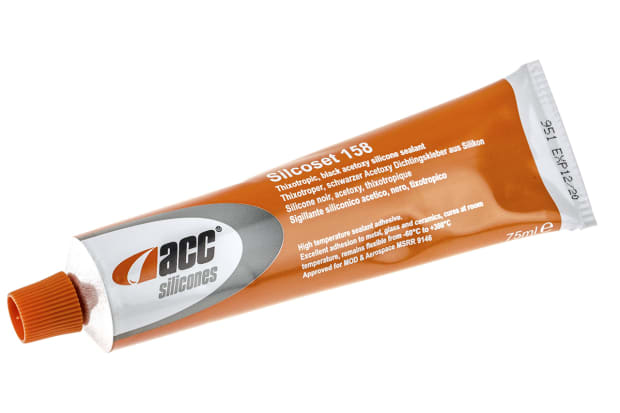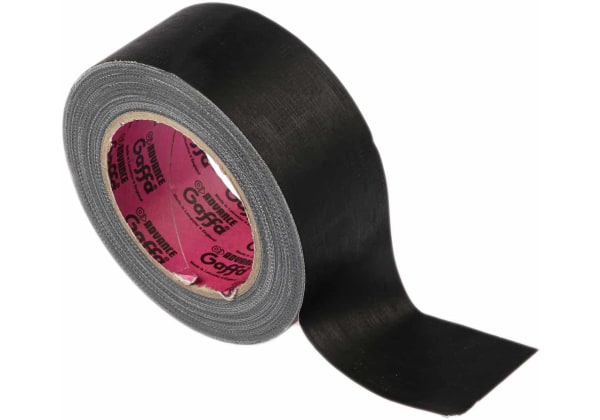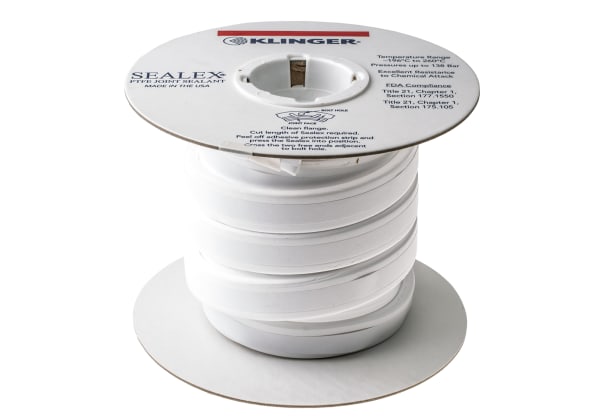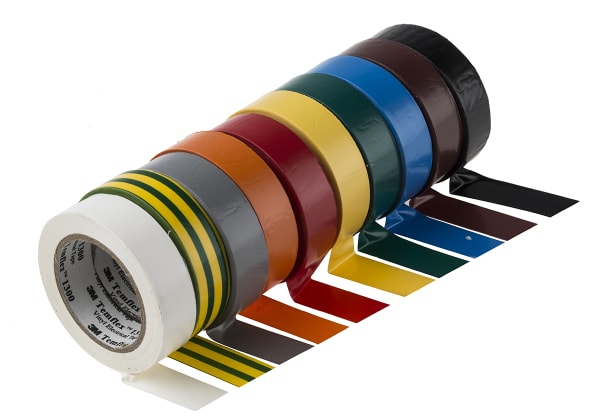- Published 17 Jan 2023
- Last Modified 29 Aug 2023
- 13 min
A Complete Guide to Adhesives
Our guide will help you understand adhesives, the different types available, and how to use them.

Reviewed by David Carmichael, Technical Support Engineer (August 2021)
What is Adhesive?
Adhesive, more commonly referred to as glue, is any one of multiple substances which, when applied to two surfaces, will bond or seal them and resist separation pressure.
There are two broad categories of glue – natural and artificial. Most modern adhesives are artificial but glue of various kinds has been used for hundreds of years. Synthetic adhesives have plenty of advantages over natural adhesives, including consistency, bond strength, and adaptability.
Modern adhesive is made from a variety of carefully engineered chemical substances. Adhesives are characteristically organised by adhesion methods. These are then further separated to define reactive and non-reactive adhesives, referring to if the adhesive undergoes a chemical reaction to harden. Common types of adhesives include epoxy, silicone, and acrylic.
Advantages of Bonding Using Adhesive
Using adhesive is advantageous when compared to alternative joining techniques like sewing, thermal bonding, and mechanical fastening.
The advantages of adhesive bonding include:
- Distributing stress evenly across joints
- The flexibility to bond a wide variety of surfaces together
- Cost-effectiveness of a process that is easy to mechanise
- Improved aesthetics and design
- Greater design freedom
Conversely, the disadvantages of using adhesives include:
- Increased difficulty separating surfaces when testing
- Reduced stability in heat and extreme temperatures
- Comparative lack of strength when bonding larger objects with small surface areas
Adhesive Uses
Although typically associated with repairs when used in a domestic setting, adhesive technology is widely used in manufacturing and construction to bind components and parts together.
The use of adhesives also extends beyond binding. As sealants, they are used to form a protective coating across cavities and porous surfaces in engineering. When this cures (hardens), it reinforces delicate components, protecting them from air and liquid to prevent damage from rust, contaminants, and corrosion. Silicone is a common ingredient of sealants.
How Do Adhesives Work?
The science behind glue is not fully understood even today. An effective bind involves the interplay of two natural forces – cohesion (the tendency of a substance to stick together) and adhesion (the tendency of a substance to stick to another substance). In other words, it is not enough for the glue to stick to a surface (adhesive forces). It must also be self-adhesive (cohesive forces) otherwise it will simply tear down the middle and shear off under pressure or weight.

Mechanical Bonding
Mechanical bonding is the most common form of adhesion due to its simplicity. The bond formed between adhesives and surfaces happens when the adhesive gets into the tiny pores on the material, holding the two together.
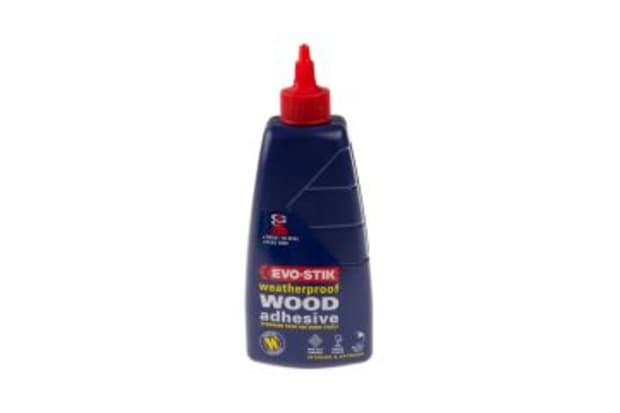
Chemical Bonding
Chemical bonding occurs when adhesives bond with surfaces at a molecular level. This is similar to the process that takes place when atoms bond together to create molecular structures like H2O (water).
The precise mechanism behind adhesion is complex and varies between different substances. Essentially, however, it involves two chemical forces – adsorption and chemisorption. Adsorption is an electrostatic attraction between the molecules making up the adhesive substance and those of the surface to which it has been applied. Chemisorption, meanwhile, is the formation of a deep molecular bond between the glue and the substance to which it has been applied.

Adsorption
When adhesive is spread, it dampens the surface it is being applied on. Many weak electrostatic forces (known as Van der Waals forces) push between the molecules of the glue and the surface to bind them. Adhesives must spread thinly and cover the surface well to work successfully. The bond between the glue and the surface is not a chemical one; it is simply a large amount of microscopic, attractive forces. The surface and glue molecules stick to one another in an almost magnetic way.
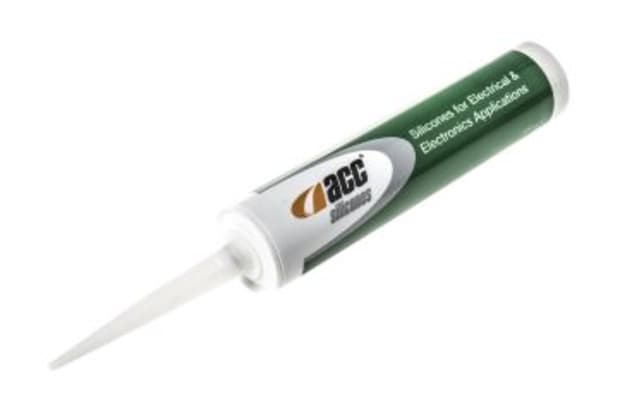
Chemisorption
Sometimes, an adhesive is able to create a far stronger bond with a surface. As an example, if you bond certain glues and plastics together, the materials will merge to form a highly robust chemical bond. In essence, a new chemical compound is created at the adhesive joint – a process referred to as chemisorption.
What Makes Glue Sticky?
The answer to this common question involves more complex adhesive chemistry. On a chemical level, most glues contain polymers. These are large molecule chains that bind easily to each other (cohesion) and other substances (adhesion). Water is added to most adhesives during the manufacturing process, to prevent them from hardening immediately. When it is later opened and exposed to air, the water begins to evaporate, leaving behind polymers ready to start sticking onto things.
Modern Adhesive Categories
Modern adhesives fall into three broad categories. Let’s take a look:
Solvent-Based Adhesives
Solvents are solutes – substances that dissolve other substances, creating a liquid solution. Solvent-based adhesives contain polymers in a solution form. Once applied, the solvent evaporates and as it does so, the glue hardens in place to create a bond.
Water-Based Adhesives
Also known as dispersion adhesives, water-based adhesives are supplied either in solution form or as dry powders for mixing with water. When the water evaporates or is absorbed by the surface to which it has been applied, the remaining water-soluble polymers, dispersed by the liquid, coagulate into an adhesive bond.
Common water-based adhesives include:
- White school glue
- Latex glue
- Starch glue
Polymer-Based Adhesives
Polymer glue is also known as emulsion adhesive. Typically milky-white in colour, it is made from powerful bonding polymers such as polyvinyl acetate (PVA). Polymer-based adhesives are sensitive to heat, melting at certain temperatures and setting again once they have cooled. They are ideal for use when glueing wood.
Types of Adhesives
Multiple types of adhesive are available, ranging from familiar household brands to highly specialist products for use in manufacturing. Below are some of the different types of adhesive you may encounter:

Hot Glue Adhesive
Hot glue adhesive is supplied as a solid plastic in tubes known as sticks. These sticks are then inserted into a hot melt glue gun which will apply a high level of heat to the stick, melting the plastic. This is applied via a nozzle in the applicator gun to the objects or surfaces requiring adhesion. The glue gathers in the pores across the surfaces, cools and solidifies.
Hot melt glue becomes liquid when heated, moistening the surface before cooling into a solid polymer. This adhesive is found in a variety of engineering applications where professional variants of the standard glue gun are used.
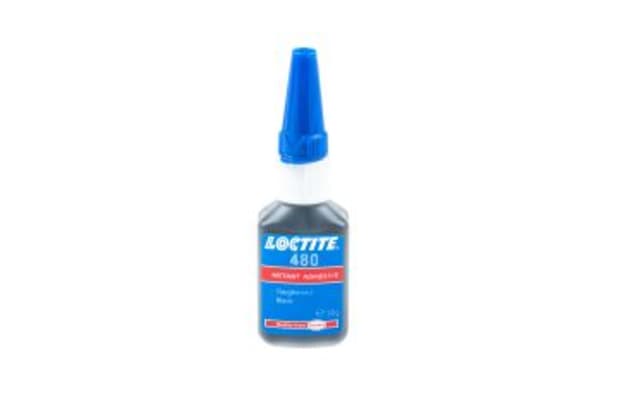
Cyanoacrylate Adhesive
This highly potent adhesive is sold under the more familiar brand names Loctite Super Glue or Gorilla Glue. It's also commonly known as superglue. Cyanoacrylate (CA) will form a strong, permanent bond in only thirty seconds. It has hygroscopic properties so is not water-resistant, however, this should not be problematic provided that the correct grade is used and the joint is properly designed. Thanks to its strength, cyanoacrylate is widely used in engineering and manufacturing. Bonds formed by this adhesive resist pressure well.
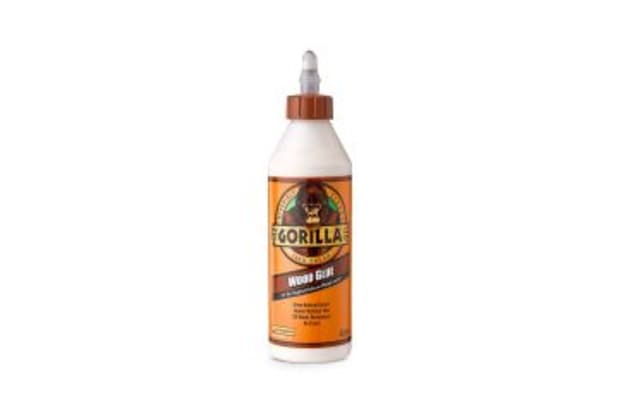
Polyvinyl Acetate Adhesive
Polyvinyl acetate (PVA) is a widely-used thermoplastic (heat-sensitive) adhesive, also known as white glue, school glue, craft glue, or wood glue. Sticking wood is the primary use of PVA glue, which is available in liquid form and applicator pens and sticks. It is normally water-resistant (type I) but a fully waterproof variety for outdoor use (type II) is also available. The latter is typically yellow. PVA is a versatile, multi-purpose adhesive that can also be used as a sealant for plastering and painting.
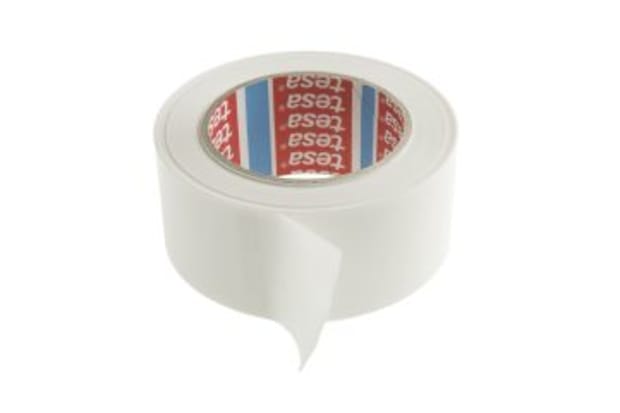
Pressure-Sensitive Adhesive
Pressure-sensitive adhesive (PSA) is solvent-free and requires no water or other substance to activate. Pressure is all that is required. PSA is a familiar form of adhesive. It can be found on the back of sticky notes, masking tape, insulation tape, scotch tape, and duct tape. Typically, pressure-sensitive adhesive tape is made from various plastics, to which a film or backing of PSA has been applied. Double-sided tape features adhesive on both sides.
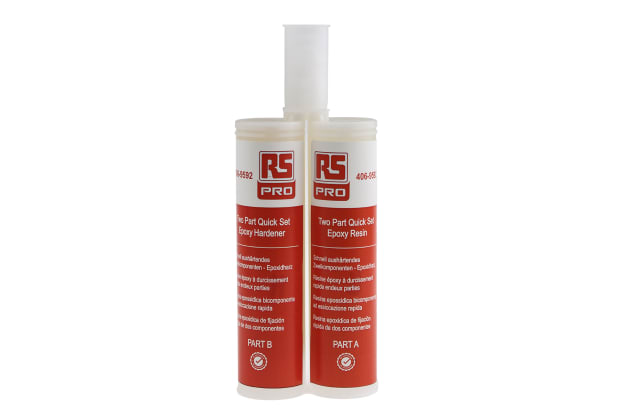
Epoxy Adhesive
Epoxy adhesive is a derivative of petroleum. It forms a strong bond and is resistant to moisture, chemicals and corrosion, forming an effective sealant. Epoxy resin works by combining two parts – a reactive agent (epoxide) and a curing agent, which hardens the adhesive once applied. It is also a good conductor, making it an ideal choice for electrical components and circuit boards. Epoxies are one of the few types of glue that are effective when applied to metal and glass. Resin is also noted for its long shelf life and multiple varieties of epoxy adhesive glue are available.
Uses include:
- As an all-purpose adhesive
- As a coating for industrial applications
- For construction and manufacturing
- Engineering
- Vehicle construction
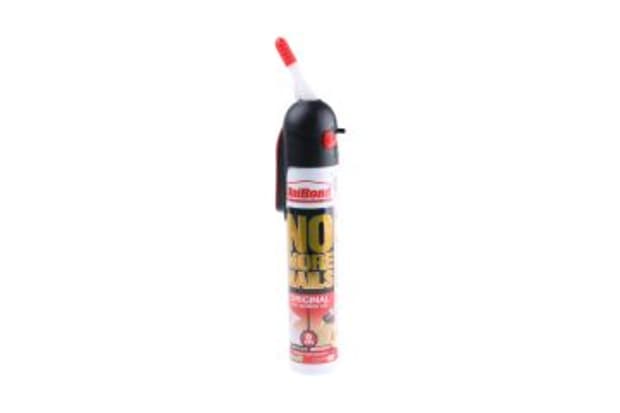
Acrylic Adhesive
Acrylic adhesives are versatile glues that can be used on a wide range of materials including acrylic, plaster, wood, and stone. Acrylic-based adhesives are resistant to ultraviolet (UV) exposure, making them a good choice for outdoor use. Two-part acrylic adhesive combines a spray or aerosol with a paste for strong bonding. Always use personal protective equipment, including gloves and a face mask, and ensure that the area is well-ventilated when using acrylic adhesive.

Contact Adhesive
Contact adhesives are so-called dry film glues. When applied to a surface, they will auto-grip, forming a strong bond. They are widely used with carpets, rubber, cardboard, and wooden surfaces (for example, when attaching laminate to plywood). Unlike some alternative glues, they will adhere well to non-porous surfaces.
Also known as impact or grab adhesives, contact adhesives can be applied relatively simply via a brush or as spray adhesives. They are available in two primary forms – solvent-based, and in water. The former is thicker and dries more quickly, while the water-based alternative will only bond once the moisture has fully evaporated. Contact adhesives are noted for their resistance to cracking pressures and voltage surges. Instant contact adhesive varieties are also available which bond immediately on contact.

Silicone Adhesive
Silicone adhesives are another strong and versatile glue, used not only for general adhesion but widely within industry. In particular, silicone glue is used within the electronics, vehicle engineering, construction, and aeronautics sectors.
They are noted for:
- The relative ease of application
- Resistance to UV light exposure, moisture, varying temperatures, and general weathering
- Even transmission of weight, minimising metal fatigue and general wear
- Versatility – silicone adhesive can be used as a substitute for rivets and screws and is equally effective with fibreglass, rubber, wood, metal, and plastics
- The flexible, bend-resistant bond produced

Polyurethane Adhesive
Polyurethane glue is used with both porous and non-porous materials. For example, plastics, foam, wood, metal, and stone. It is an ideal choice for use with wood and can be used both indoors and outdoors. Polyurethane is a high strength adhesive noted for its elastic properties, absence of toxicity, and the fact that it will retain its cohesion over time. It requires moisture to harden and will expand as it hardens, making it an efficient cavity-filler.

Anaerobic Adhesive
Anaerobic glue is distinctive because it will only harden in the absence of air and when in the presence of metallic ions. It is fast-acting but approximately 24-hours is typically needed for it to fully cure. Given its characteristics, anaerobic adhesive is normally used for metal-to-metal joins.
Threadlocker is an example of anaerobic adhesive. It is used to prevent bolts, screws, and threaded parts from loosening, typically added to a thread to safeguard against loosening through vibration. Threadlockers work by completely filling the gaps between mating threads to seal the threads to the adherend.
Typical applications include:
- Thread sealing
- Nuts and bolts
- Retaining and gasketing
- Sealing in screw threads

Hybrid Adhesives
Hybrid adhesives contain a combined formula as they are made up of multiple different types of adhesive. They are beneficial as they offer favourable properties from both adhesive types. As an example, a hybrid cyanoacrylate/epoxy adhesive could provide the speed of CA as well as the strength and chemical resistance of the epoxy. This means that hybrid adhesive offers an innovative, versatile solution for various sticking and sealing applications.
As well as those mentioned above, additional types of adhesive include:
Phenolic Adhesive
Phenolic adhesives are made from formaldehyde. These high-performance liquid glues can withstand extreme temperatures and heavy-duty loads without suffering deformation or breakage.
Polyimide Adhesive
Polyimide adhesive is available as both liquid glue and in solid form such as glue sticks. These adhesives have varying viscosities and stick well to leather, wood, ceramics, metals, and plastics.
FAQs
What Temperature Does Super Glue Melt at?
Once set, the melting point of superglue is 187°C (368°F).
How Strong is Epoxy Resin?
Epoxy resin is a very strong substance. There are varieties available with a flexural strength of as high as 17,500 pounds per square inch (psi). Flexural strength is the resistance of a substance to bending or flexing.
What are Hot Glue Sticks Made of?
Several different polymers are used to make hot glue sticks, with varying strengths and qualities. These include:
- Polyesters
- Ethylene-methyl acrylate (EMA)
- Polyethylene
- Ethylene-vinyl acetate (EVA)
Is Hot Glue Waterproof?
No. Not glue will only provide an effective bond for porous materials because the glue hardens and binds within those pores. However, porous materials are, by definition, not waterproof and the bond will weaken once the material is swollen by water. Water also typically lowers the temperatures of materials and this will also encourage the glue to shrink and weaken. Exposure to low temperatures is an effective method for removal.
What Temperature Does Hot Glue Melt at?
Hot glue typically melts at 79.4°C but is normally applied at significantly higher temperatures between 149°C and as high as 288°C.
How Do You Use a Glue Gun on Plastic?
The following steps show how to use a glue gun on plastic:
- Choose a gun that will take 11-12mm glue sticks with an operating temperature of up to 194°C
- Choose a glue specially formulated for plastics, such as polyolefin
- Inspect the gun, ensuring the nozzle is free from glue residue
- Insert a fresh glue stick into the opening at the back of the gun
- Plug in the gun and wait for it to heat up
- Apply glue sparingly, using light pressure to the trigger, and press the target objects into place
- Wait for the glue to fully dry
Where to Next?
Silicone Sealant Guide
What are the different types of silicone sealants and where can they be used? Find out more in our handy guide.
Buildings & Site Maintenance
Learn more about our industrial site and building maintenance solutions and how they can help keep your business running smoothly.
